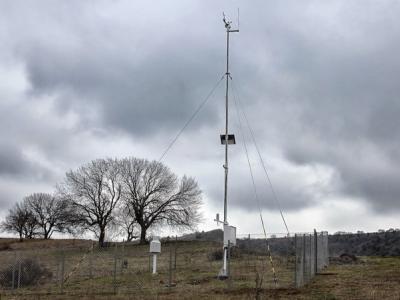As a result of activities, conducted within the first National Communication, the systems most vulnerable to climate change in Georgia have been identified. It has been established that the most vulnerable system is the Black Sea coastline, which has a strategic importance for the rehabilitation of the country’s economy and development of foreign trade. The second important vulnerable system in Georgia is agriculture, where special attention is paid to wheat in Eastern Georgia. Also, in spite of a sufficient supply of water resources, appropriate attention is being paid increase the efficiency of water utilization.
Georgia occupies the southeastern part of Europe, to the South of the watershed of Great Caucasian Range, in Transcaucasia, lying between the Black and Caspian Seas. Total area of the country is 69,700 km 2, 46% of which is located at the altitude of 0-1000 m a.s.l. The Likhi Range, crossing the country almost meridionally in the middle of territory, divides the country into 2 different regions that is reflected mainly in the climate.
Western Georgia is rich in rivers, the biggest of which are Rioni and Enguri. The biggest river in Eastern Georgia is Mtkvari with its several confluents flowing down from the Great Caucasus. There are tens of lakes in Georgia. The biggest of them is Paravani with the area of its water plane of 37.5 km 2. Over 20 regulating water reservoirs are constructed on a number of rivers. Swamps occupy approximately 600 km 2 of the country’s territory, and glaciers occupy the area of 511 km 2.
Almost all types of climate are presented over Georgian territory except savanna and tropical forests. The Black Sea coastal zone has humid subtropical climate. Mean annual temperature here is 14-15 0C and annual precipitation sums range from 1500 to 2500 mm. On the Plains of Eastern Georgia the climate is dry-subtropical with average annual temperatures in the range of 11-13 0 C and annual precipitation sums between 400-600 mm. In mountainous areas this value reaches 800-1200 mm.
In the cold period of the year stable snow cover does not form in both regions of Georgia up to the altitude of 400 m a.s.l. Duration of bright sunshine over the most part of the country’s territory ranges from 1900 to 2200 hours. Warming period with 10 0C threshold value on the plains comprises 120-160 days, while in a mountainous zone it reaches 220-320 days.





